With attacking options aplenty, Karl Matchett looks at Brendan Rodgers’ wide attackers and the importance their contributions will make this season.

A few words have been used, in conversation or in articles, to describe the attacking side of Liverpool’s performance in the opening day 1-0 win over Stoke City in the Premier League.
“Mechanical,” “uninspired” and “predictable” are all pretty close to the truth of the matter; in the first hour or so the Reds enjoyed a few spells of possession and moments where spaces opened up for counter-attacks, but it was all very much in straight lines and without any real insight as to how the offensive players might gel as the season goes on.
New signing Christian Benteke led the attack, but aside from the dribbles and subsequent passes from Philippe Coutinho, or the longer, angled balls from deep by Jordan Henderson, there was very little attempt to link up with the new No. 9 from the Reds. The system didn’t help. It left the two central midfielders behind build-up play more often than not, and in the 4-2-3-1 system the two wide players were almost as isolated as Benteke was in the final third.
It is these wide players who, regardless of system, will be key for Liverpool this year. They have to work harder defensively and be able to contribute far more regularly offensively if enough points are to be gained to challenge anywhere near the top four.

Adam Lallana had a poor game, there’s no escaping that. He was loose in possession and found too many blind alleys, didn’t make ground into the penalty area and there was no incisive passing from his side. Opposite him, Jordon Ibe fared better in one-on-one situations—but a lack of mobility inside the penalty area meant his end product was wasted.
The performance was based largely around not losing rather than winning, which is perhaps understandable given a) the amount of mistrust and animosity surrounding Brendan Rodgers over summer, b) the 6-1 mauling at the end of last season against the same opponents and c) the ridiculous run of away games that the Reds start the season with: Stoke, Arsenal, Manchester United, Everton, Tottenham, Chelsea, Manchester City.
The midfield alignment didn’t help matters in Liverpool’s stunted attempts at creating chances; noticeably, the wider attackers only became productive once the second half tactical change was made to move to a 1-2 shape in the centre, with James Milner and Jordan Henderson both pushing on from deep. That allowed not only an extra body to pass to centrally, but much more movement to break Stoke’s defensive lines.

It is to this vertical movement from the central players we must look, to dictate and determine how effective and involved the wider forwards can be.
Options
Lazar Markovic, Jordon Ibe, Adam Lallana and, seemingly, the Brazilian boys.
They are Liverpool’s wide options at the start of this season, with Philippe Coutinho obviously better suited to a central role but an option to feature from the left, as he did in the latter stages against Stoke.
The trait most of these wide players share is, of course, a preference to drift infield and affect the game in the channels and central areas, rather than start from the touchline. The one exception is Ibe, whose acceleration and power makes him ideal to start from so wide and then choose whether to come infield or head for the corner flag. The more space he has behind his immediate defender, the more effective he can be.

Liverpool fans have yet to see enough of Roberto Firmino under Rodgers to ascertain exactly what his instructions and tendencies will be when operating from the wider areas, but clearly he will attempt to make ground inside the penalty area whenever possible. That was something missing from the opening game: runners from the second line partnering up or getting beyond Benteke. The Belgian cannot cover an entire penalty area and at least two defenders by himself, all game long. He shouldn’t have to, either.
It’s yet another reason why the 4-3-3 instead of the 4-2-3-1 is better suited for the Reds with the current playing squad.
Tactical Build-Up
Build-up play for Liverpool under Rodgers revolves heavily around the wide players, but rarely acting as “wingers” of course. Again, that’s almost purely an Ibe-esque trait at this point, who can go either inside or out. Markovic showed similar capacities briefly last season when utilised as a wing-back, but it’s neither a long term option nor what he was brought in to do. It also saw him start those runs from far deeper positions.
The wide forwards, on the counter-attack, are inevitably used as the first out-ball. With Raheem Sterling it was even easier; hit the ball vaguely toward space on the left and he’d get there first. Now others need to provide that same initial acceleration into space, committing a first opponent to shift their position and so either create an additional gap (for a forward to run into, a pass to be played into, etc) or else to force the defending side to adjust and pivot their entire shape.

The quicker those first couple of passes are played (accurately), combined with breaking runners, the more chance there is of Liverpool’s offensive players creating chances on goal. 2014 so often yielded prime examples of this; 2015 most certainly hasn’t, so far at least.
When in general build-up play, those wide players are, instead of an outlet, utilised more as a change of direction. The ball inevitably goes from centre to wide, wide to centre and it seems as if the passage of play is going nowhere in particular—but the wide players need movement to bounce that ball back infield quickly, change the angle of play and create a gap for the next player to shoot or pass from close to goal.
Think back to the 4-2-3-1 of Rafa Benitez; a marauding Steven Gerrard would be on the move, straight through the centre-backs, as soon as the ball went toward an Albert Riera or Dirk Kuyt on the corner of the penalty box. He demanded that the pass was made, first time and fired in, for his sudden burst of pace to take the defensive line out of play.
The current set-up doesn’t have this; instead a Coutinho is more likely to find the through pass himself—or a shot from outside the box, perhaps.
It’s not worse, just different—but again hints at why two on-running central midfielders is of more (attacking) use to Liverpool than a lone No. 10.
Benteke
As for Benteke or whoever else plays centre-forward, in time (and as quickly as possible) they need to understand which runs need to be made depending on which players operate wide. When it’s Ibe, it’s quite clear that once he begins to take on a defender inside the area, the striker must make the near-post run.

Ibe has such good acceleration and control that even with only a couple of yards to the touchline, he’ll back himself to beat a man and dig out a pass. The issue there is that with little space to operate in and no time for additional back-lift, the only place a cross or pass is going is to the start of the six-yard box.
Run across the defender to that near post area and chances will fall Benteke’s way. Stand in the middle of the six-yard box waiting to head in a lofted cross and, more often than not, he’ll be left watching the goalkeeper snaffle up possession unchallenged.
Full Backs
Finally, the full-backs of course also contribute. More and more frequently, we’ll see Nathaniel Clyne starting his run from fairly deep, then accelerating into space inside or outside the wide man. It’s natural that away, on his debut, against a decent side, he held back at times.

The same goes on the other side for Joe Gomez—but pre-season showed Liverpool to deliberately restrain the offensive nature of the left side of defence. Whether a season-long trait, we’ll have to wait and see, but Clyne certainly should offer both a counter-attacking outlet and a build-up option, either as a decoy or on the run for a quick ball infield.
Next up is Bournemouth on Monday. A home match against a newly promoted team, who lost on the opening day, is in theory a match Liverpool should be looking to be more expansive in, able to create more and be heavily dominant in.
Given the opening day performances, we should expect at least one change from the wide starters. Their contribution and consistency will be key throughout the season and aiding the goals tally, not just chance creation, is what can keep each of them in the side just as much as individual brilliance in possession.
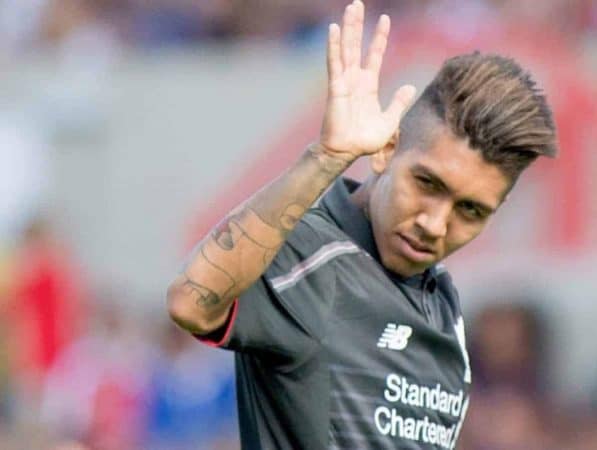





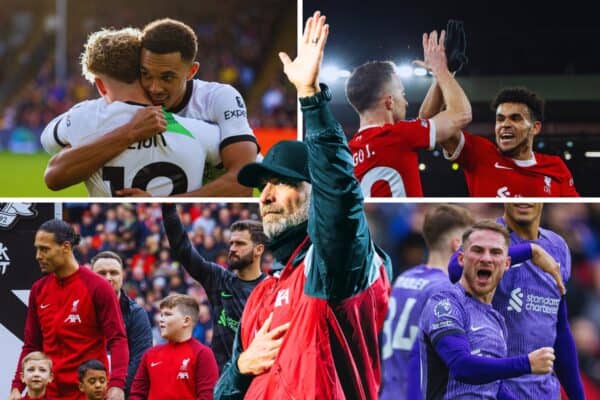


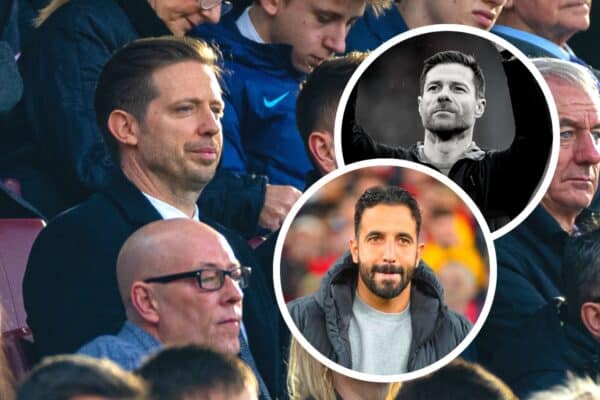
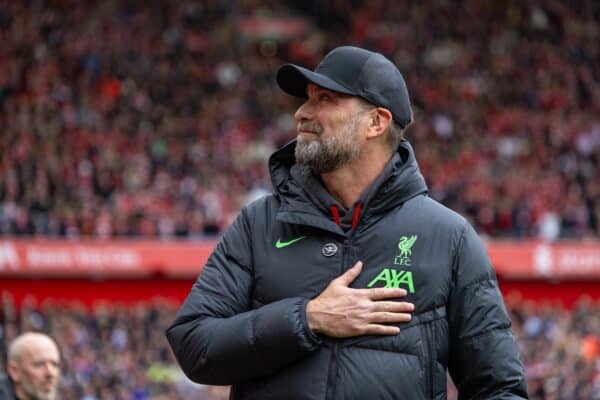
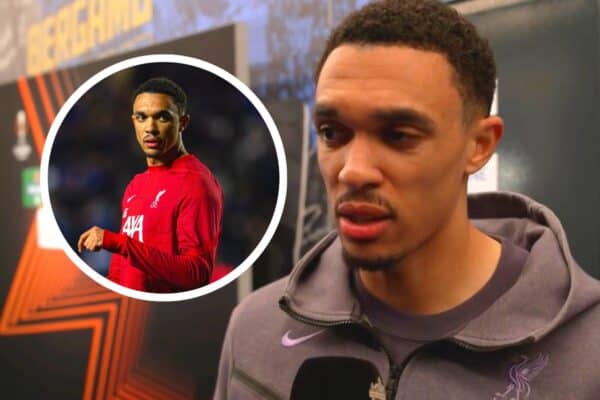



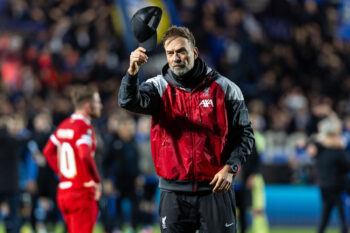
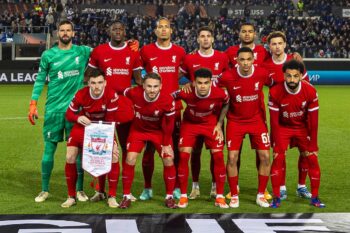

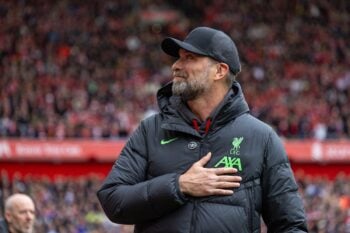
Fan Comments